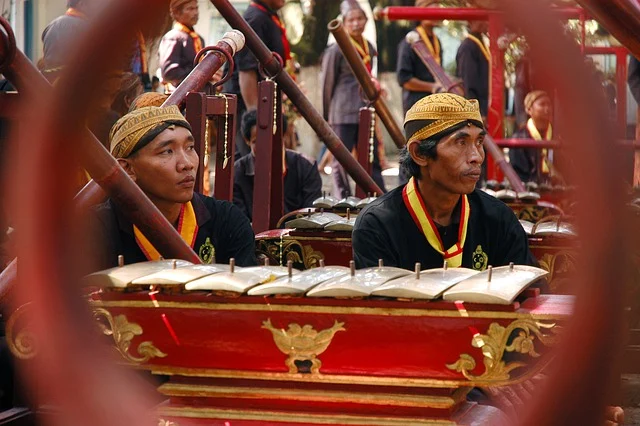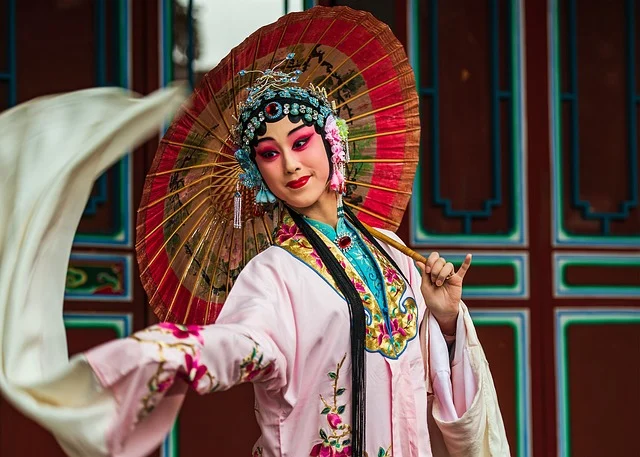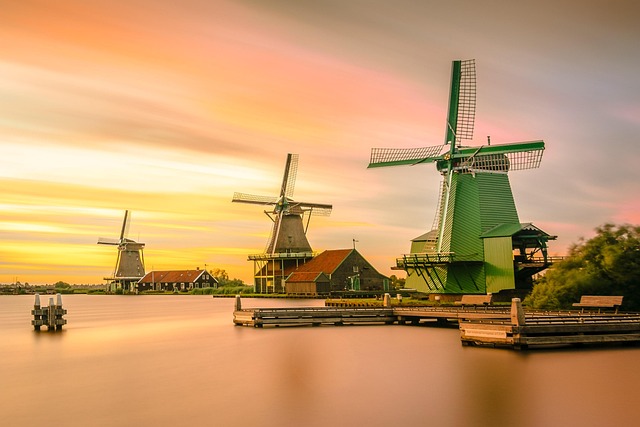Dutch Folklore and Legends – A Journey Through the Myths and Tales of the Netherlands

The Netherlands, with its rich history and cultural heritage, is a land steeped in folklore and legends. These stories, passed down through generations, reflect the country’s traditions, values, and connection to its natural landscapes. From mischievous water spirits to legendary heroes, Dutch folklore offers a fascinating glimpse into the imagination and beliefs of the Dutch people. In this article, we’ll explore some of the most captivating Dutch folklore and legends, delving into their origins and significance.
The Legend of the Flying Dutchman
One of the most famous Dutch legends is the tale of the Flying Dutchman, a ghost ship doomed to sail the seas forever. According to the story, the ship’s captain, Hendrik van der Decken, defied the heavens during a violent storm, vowing to round the Cape of Good Hope even if it took until Judgment Day. As punishment, he and his ship were cursed to roam the oceans for eternity, never making port.
- Cultural Impact: The legend has inspired countless works of literature, art, and music, including Richard Wagner’s opera The Flying Dutchman.
- Symbolism: The story is often interpreted as a cautionary tale about hubris and the consequences of defying nature.
The Water Spirits: The Nix and the Waterhorse
Water has always played a central role in Dutch life, and it’s no surprise that many Dutch legends revolve around water spirits.
- The Nix (Nikker)
- The Nix is a shapeshifting water spirit that inhabits rivers, lakes, and ponds. Often depicted as a handsome man or a horse, the Nix lures unsuspecting victims into the water, where they drown.
- Cultural Significance: The Nix represents the dangers of water and serves as a warning to respect nature.
- The Waterhorse (Waterpaard)
- Similar to the Nix, the Waterhorse is a malevolent spirit that appears as a beautiful horse. When someone mounts it, the horse gallops into the water, drowning the rider.
- Symbolism: Like the Nix, the Waterhorse embodies the perilous allure of water.
The Legend of the Lady of Stavoren
The Lady of Stavoren is a tragic tale of greed and hubris set in the Frisian city of Stavoren. According to the legend, a wealthy merchant’s wife, known as the Lady of Stavoren, was so rich that she threw a golden ring into the sea to prove her wealth was limitless. A fisherman later caught the ring in a fish and returned it to her, warning that her arrogance would lead to her downfall. Ignoring the warning, she continued her lavish lifestyle until a storm destroyed her ships and left her destitute.
- Moral Lesson: The story serves as a cautionary tale about the dangers of greed and the fleeting nature of wealth.
- Cultural Legacy: The legend is celebrated in the Dutch opera De Vrouwe van Stavoren.
The Bokkenrijders: The Goat Riders
The Bokkenrijders, or Goat Riders, were a legendary band of thieves and robbers who terrorized the southern Netherlands and Belgium in the 18th century. According to folklore, they made a pact with the devil and rode through the night on flying goats, committing crimes and spreading fear.
- Historical Context: While the Bokkenrijders were real criminals, their supernatural abilities were likely exaggerated in folklore.
- Cultural Impact: The legend has inspired books, films, and even a theme park attraction at the Efteling.
The Legend of the Elfstedentocht
The Elfstedentocht, or Eleven Cities Tour, is a legendary ice-skating race that takes place in Friesland, a northern province of the Netherlands. The race covers 200 kilometers and passes through 11 historic cities. Due to the unpredictable Dutch winters, the event is rare, with only 15 editions held since 1909.
- Cultural Significance: The Elfstedentocht is a symbol of Dutch resilience and love for ice skating. It embodies the spirit of community and perseverance.
- Folklore Element: The race has taken on almost mythical status, with stories of heroic skaters and harsh conditions adding to its legendary appeal.
The White Women of the Castles
Dutch castles are often associated with ghostly legends, and the White Women are among the most famous spectral figures. These female spirits are said to haunt castles and mansions, appearing as ethereal figures in white robes. Their stories often involve tragic love affairs or untimely deaths.
- Notable Locations: The castles of Ammersoyen and Muiderslot are among the places where White Women are said to appear.
- Symbolism: The White Women represent the lingering presence of the past and the mysteries of history.
The Legend of the Kabouter
Kabouters are mischievous gnome-like creatures from Dutch folklore. They are small, bearded men who live underground or in forests and are known for their cleverness and love of pranks. Kabouters are often depicted as helpful to humans, but they can also be mischievous if disrespected.
- Cultural Legacy: Kabouters are a beloved part of Dutch folklore and have inspired characters in children’s books and television shows.
- Modern Representation: The Kabouter is a popular figure in Dutch celebrations, such as Sinterklaas.
The Legend of the Mermaid of Westenschouwen
The Mermaid of Westenschouwen is a tragic tale from the Zeeland region. According to the legend, a mermaid fell in love with a human fisherman and gave up her voice to live on land. However, the fisherman betrayed her, and she returned to the sea, cursing the village of Westenschouwen with storms and misfortune.
- Symbolism: The story reflects themes of love, betrayal, and the power of nature.
- Cultural Impact: The legend is celebrated in local festivals and art.




